53年間過ごしたニューヨークから故郷の香川県高松市に帰ってきて精力的に創作活動されている川島猛さんと妻の順子さんに美術館としてオープンした「川島猛アートファクトリー」をご案内いただき、貴重なお話を伺いました。
川島猛さんは香川県立高松工芸高校を卒業後、1963年に渡米。その後、作品がMoMA(ニューヨーク近代美術館)に永久保存されるなど世界的に活躍。高松市内では丸亀町商店街ドーム広場や高松市こども未来館「たかまつミライエ」でも作品をみることができます。
戦前・戦後の青年時代のお話から、戦友の奥さまと闘い続けたニューヨークでの暮らし、交流のあったイサム・ノグチさんとのエピソードなど、気がついたらあっという間に4時間も経っていました。金子正則元県知事を中心とした香川県のアートシーンの礎を築いたこの時代のことを生で知っている方のお話を聞くことのできる機会は本当に貴重です。最後はお昼ご飯までいただいてしまい、とてもありがたい時間でした。
驚いたのは、美術館に展示されている細やかな線が描き込まれた大型作品のほとんどが香川に帰ってきてからの近年の作品ということ。生きているうちは過去を振り返らない。精力的に日々、絵画と向かい合い、次々に新作を生み出されていらっしゃいます。瀬戸芸にこられる予定の皆さま。このまさにリアルタイムに世界的な芸術家の手からアートが生まれているホットスポットへ、ぜひ足を運んでください。
公益財団法人 川島猛アートファクトリー
開館:火・木・土曜日(特別休館日や特別開館日あり)
時間:10時〜16時(受付 10・13・15時の3回 6階入口集合)
住所:香川県高松市亀水町1411 [Google Map]
電話:087-802-6888
・予約:電話にて日時・氏名・人数・住所・連絡先を連絡
・当日:10・13・15時の受付時間に6階入口集合
料金:一般1,000円、高校生以下無料、川島猛ドリームフレンズ 会員無料(同伴者1名500円)
Takeshi Kawashima Art Factory
Date : Tue. Thu. Sat. (irregular holidays)
Time : 10:00〜16:00 (start 10:00 / 13:00 / 15:00 6F Entrance)
Address : 1411 Tarumi town, Takamatsu city, Kagawa pref., Japan [Google Map]
Tel : 087-802-6888
・Reserve : Contact by telephone (Visiting date / Name / Number of persons / Address / Contact details)
・The day : 10:00 / 13:00 / 15:00 6F entrance is meeting‐place
Fee : Adult 1,000yen / Younger high school student Free / Membership Free
香川県高松市、丸亀町商店街。壱番街前ドーム広場。床面の石モザイクテーマは「Peace(平和)」。御影石を組み合わせ、中心部には瀬戸内の豊かな自然を周りには健やかで平和に暮らす人々の歓喜の様子を表しています。
エスカレーター前壁面
ベンチ
『和・話・輪・環:wa.wa.wa.wa : Peace.Communication.Harmony.Nature』(2000年)
香川大学工学部キャンパス開設記念モニュメント。香川大学 創造工学部キャンパス前にある作品。(香川県高松市林町) [Google Map]
『Never Ending Flight』(1998年)
高松工芸高校、校庭、創立百周年記念モニュメント。香川県立高松工芸高等学校校門(香川県高松市番町) [Google Map]
『瀬戸讃歌フォーシーズン Four Seasons of the Seto』 (1992年3月)
高松市中央図書館(香川県高松市昭和町) [Google Map]
『Angel P’s Dreamland』(2016年11月)
高松市こども未来館 ミライエ(香川県高松市松島町)[Google Map]
『門-MUSE LOVE-』(2009年)
房前(ふさざき)公園(香川県高松市牟礼) [Google Map]
川島猛アートファクトリー (香川県高松市亀水町) [Google Map]
『瀬戸で舞う』 川島猛とドリームフレンズ
男木島(おぎじま)。瀬戸内国際芸術祭作品2022。
深呼吸ができる瀬戸内の海で心を自由に踊らせる。作家がニューヨークで制作した「Blue and White」シリーズのパネルを古民家に展示。日々の閉塞感を離れ、作品のなかで当たり前だった自由な日常を感じてほしい。
香川県高松市男木町 [Google Map]
—
2022年4月撮影
青の顔料
2019年2月撮影
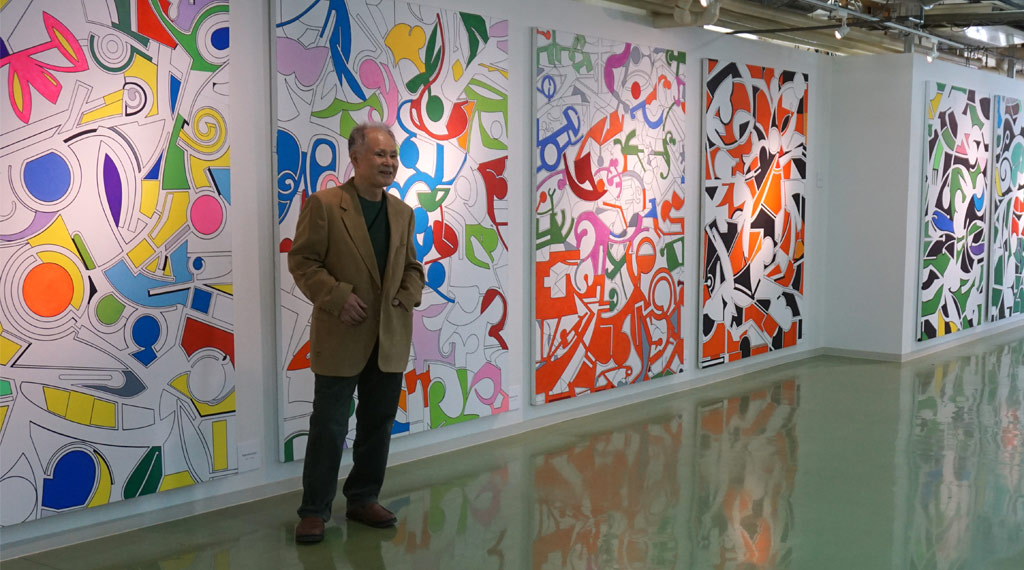
写真:公益財団法人 川島猛アートファクトリー公式サイトより
公益財団法人 川島猛アートファクトリー
開館:火・木・土曜日(特別休館日や特別開館日あり)
時間:10時〜16時(受付 10・13・15時の3回 6階入口集合)
住所:香川県高松市亀水町1411 [Google Map]
電話:087-802-6888
・予約:電話にて日時・氏名・人数・住所・連絡先を連絡
・当日:10・13・15時の受付時間に6階入口集合
料金:一般1,000円、高校生以下無料、川島猛ドリームフレンズ 会員無料(同伴者1名500円)
Takeshi Kawashima Art Factory
Date : Tue. Thu. Sat. (irregular holidays)
Time : 10:00〜16:00 (start 10:00 / 13:00 / 15:00 6F Entrance)
Address : 1411 Tarumi town, Takamatsu city, Kagawa pref., Japan [Google Map]
Tel : 087-802-6888
・Reserve : Contact by telephone (Visiting date / Name / Number of persons / Address / Contact details)
・The day : 10:00 / 13:00 / 15:00 6F entrance is meeting‐place
Fee : Adult 1,000yen / Younger high school student Free / Membership Free
The image of art in the Setouchi region has been firmly established as a result of the Setouchi Triennale, a contemporary art festival. Nonetheless Kagawa Prefecture, where the City of Takamatsu is located, had developed its own art culture even before this notable art festival began. In the 1950s and 1960s, many world-renowned architects and artists were active in Takamatsu under the former governor Kaneko Masanori, who was called the “Design Governor.” You can still see the famous architecture and art created during that time around the city.
In Takamatsu, there are museums such as the Takamatsu Art Museum, the
George Nakashima Memorial Gallery, the Isamu Noguchi Garden Museum Japan, the Nagare Studio (Masayuki Nagare Museum), and the Takeshi Kawashima Art Factory, where you can thoroughly enjoy first-class art.今でこそ、現代アートの祭典「瀬戸内国際芸術祭」をきっかけに、瀬戸内エリアにアートのイメージが定着していますが、高松市のある香川県は、芸術祭開催以前から独自のアート文化を発展させてきました。1950~1960年代の高松では「デザイン知事」と呼ばれた金子正則元知事のもと、世界的に著名な多くの建築家や芸術家が活躍しました。当時生み出された名建築やアートの数々を、今でも各地で楽しむことができますよ。
高松市内には、高松市美術館をはじめ、ジョージナカシマ記念館、イサム・ノグチ庭園美術館、流政之美術館、川島猛アートファクトリーといったミュージアムも点在し、一流のアートをじっくりと堪能できます。
Embracing the World: the art of Takeshi Kawashima
Eleanor Heartney
When a young Japanese artist named Takeshi Kawashima moved to New York in 1963, he was already known back home for his bold abstract paintings of emblematic shapes encased within regular grids. These two color works, which generally involve sets of suggestive organic forms painted on flat grounds, vary in intricacy and internal definition. Sometimes they are also completely flat. In other cases, shapes can be discerned within them. Some even contain careful lines that bring to mind mechanical drawings and architectural diagrams.
In one of the paradoxes of transcultural influence, Japanese writers have tended to stress the American nature of this work, while western writers point to its Japaneseness. Some have seen the emblems as versions of Japanese mon, or trade guild symbols, or they have read them as highly stylized pictograms. Others have pointed to their eroticism and abstracted sexual forms, comparing them to the mechanistic reductions of the human form found in Western works like Marcel Duchamp’s “Large Glass”.
Such works, which include the examples of Kawashima’s “Red and Black Series” on view here, quickly earned him recognition in New York. He was included in the landmark 1965 – 1966 “New Japanese Painting and Sculpture” at the Museum of Modern Art in New York, which also purchased one of his paintings for its permanent collection. Inclusion in other museum shows followed, including MoMA’s “1960’s Selection from Museum Collection” exhibition the next year, as did a series of solo exhibitions at New York’s influential Waddell Gallery. These shows were accompanied by favorable notices from writers like John Canaday, the formidable New York Times art critic.
Kawashima continued to explore the themes posed by the “Red and Black” series through the 1960s and 1970s. By the 1980s, however, he began to adopt a more expansive approach. His forms broke out of the squares which had so tightly confined them as he began to experiment with shaped canvases, metal and wood relief elements and a geometry which he notes was much indebted to the experience of living amid the skyscrapers of New York. These works, which he refers to as his “Blue and White Series” are extremely dynamic — they incorporate elements like wooden slats cut out and laid over each other like fences, painted biomorphic shapes and wooden reliefs in the shape of arcs, stripes or trapezoids. The restriction of colors brings out the interrelationships of the forms, while the relief elements ensure that shadows become a formal element in their compositions.
By 1990, Kawashima was ready to break out further, this time by experimenting with color in ever more complicated and layered paintings and wall reliefs featuring lines, circles and rectangles in exuberant shades of green, blue, purple, red, yellow and black. They often feature expanses of white ground over which the colored lines and shapes seem to dance. Some of these take the form of free standing walls or architectural murals. Kawashima has dubbed these works his “Dreamland Series”, referring to his sense that art can provide an imaginative realm of pleasure and happiness which is often denied by the external world.
Dreamland came to an end with the tragic events of September 11, 2001, and since then Kawashima has been engaged in a series of paintings which he calls his “Kaleidoscope Series”. These works make reference to the belief, deeply rooted in Taoist philosophy, that the only stable principle is that of change. They are realized in related groups, each of which provides a set of variations on a particular composition. Alterations in palette and subtle shifts in the arrangement of lines and forms challenge the viewer to discern what has been changed and what has remained the same. They are less dimensional than the Dreamland works, but share those works’ graphic clarity. Despite the darkness of the events which inspired them, the Kaleidoscope paintings are infused with Kawashima’s irrepressible optimism, and they remain full of the joy which animates his earlier work.
While some may labor to discern traditional Japanese motifs and forms in Kawashima’s oeuvre, the artist himself stresses the enormous influence of his adopted country even before his arrival in New York, he was aware from art magazines of developments overseas. He emigrated in time to absorb such exciting new trends as Color Field Painting, Hard Edge, Pop and Op Art. Over the years, his kinship with such movements has remained clear, even as his work has expanded outward in complexity and depth. In certain ways, his progress from the restrained “Red and Black” works to the bursting, bustling “Kaleidoscope” series parallels American painter Frank Stella’s move away from the geometric austerity of his early minimalist work toward the raucous glitter-scattered reliefs of recent years.
But while Kawashima’s work reflects and communicates with the art of his own time, one can also detect in it echoes of Modernism’s earlier history. His paintings, reliefs and sculptures bring to mind such precursors as the sleek organic abstractions of Jean Arp, the dynamic equilibrium sought by Wassily Kandinsky, the playful constructivist reliefs of Charles Biederman and the complex layerings of geometric and careening shapes found in the “nonobjective” paintings of artists like Rolph Scarlett and Rudolf Bauer who were championed by the Guggenheim Museum’s first curator, Hilla Rebay.
But it is not necessary to have a degree in art history to appreciate Kawashima’s art. It is full of ebullient references to the surrounding world using forms and shapes that anyone can appreciate. And even more important, it reflects the sense of gaiety, hope and love of pleasure of the artist who has given it birth.
20世紀後半のアメリカN.Y.はモダンアートの大きな渦のど真ん中。綺羅星のように登場したアーティスト達の中、1963年に新天地を求めて飛び込んだ川島猛(当時33歳)。会派、団体に属さず、憧れの猪熊弦一郎氏もいるN.Y.マンハッタンは、その後2016年の帰国まで川島にとってアートの戦いの場であった。
53年を経て、故郷で残りの制作活動をしたいという思いと、海の見える工場跡という出会いが帰国を決意し、ここ川島猛アートファクトリーの実現になった。
2016年2月、彼がN.Y.で制作した作品と、生活を共にした身の回りの品々が一緒に帰ってきた。一つ一つが53年間の足跡である。
川島猛アートファクトリーは、川島の制作活動の拠点でもあり、作品保管庫であり、何よりも作品ギャラリーである。ここでは、今も作品制作の営みが行われ、制作への思いを聞くことができる。昭和から平成へ日本が辿った時代変換とN.Y.からの視点の交錯。そこから生まれた人間讃歌の作家哲学は川島のアートを通じたメッセージでもある。その意味を、多くの方々に伝える目的で財団法人化し、郷里と地域社会と次世代の皆様に発信する。
多くの日本人が川島のSOHOのアトリエを訪問し、たくさんの人生の刺激と感銘を受けた年月がある。今後、アートファクトリーで、同様の交錯が起こることを念願したい。

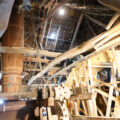
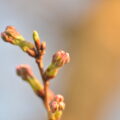
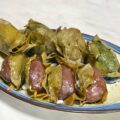
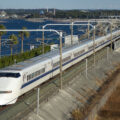
![【香川】春日川の川市 – [Kagawa] River market of Kasuga river](https://yousakana.jp/wp-content/uploads/wordpress-popular-posts/49605-featured-120x120.jpeg)
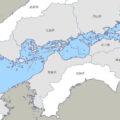

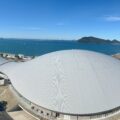
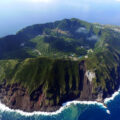
![【広島】谷口吉生設計『広島市環境局中工場』 - [Hiroshima] Yoshio Taniguchi Design, 'Hiroshima City Environmental Bureau Naka Plant'.](https://yousakana.jp/wp-content/uploads/wordpress-popular-posts/50935-featured-120x120.jpeg)
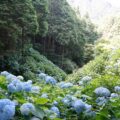

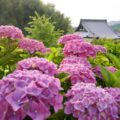
![【高知】魚を守る道、アイスハーバー型らせん魚道 – [Kochi] Ice Harbor type spiral fishway](https://yousakana.jp/wp-content/uploads/wordpress-popular-posts/50244-featured-120x120.jpeg)


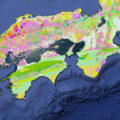
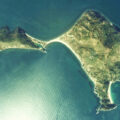
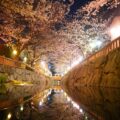
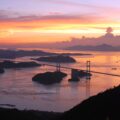

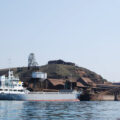

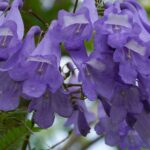
![【香川】20種・1500株のあじさい。花の寺『勝名寺』 – [Kagawa] Flowery Shōmyōji temple](https://yousakana.jp/wp-content/uploads/2018/06/shomyoji-temple-ajisai-150x150.jpg)
![【香川】仏生山 来迎院 法然寺(ほうねんじ) – [Kagawa] Houenji Temple, Raigoin, Busshozan](https://yousakana.jp/wp-content/uploads/2024/06/panorama_honenji-temple_busshozan-03-150x150.jpg)
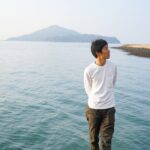
![【5/27生まれ】那須与一のコボちゃん。香川育ちの漫画家・植田まさしさん – [Born 27 May] Kobo-chan, Nasu Yoichi. Masashi Ueda, manga artist who grew up in Kagawa.](https://yousakana.jp/wp-content/uploads/2023/05/kobochan_stone-museum-150x150.jpeg)
![【香川】いい香り、港の小さな薔薇園 – [Kagawa] Small rose garden at Takamatsu port.](https://yousakana.jp/wp-content/uploads/2019/05/rose-garden-takamatsu-150x150.jpg)
![【香川】つつじのトンネル。仏生山公園 – [Kagawa] Azalea tunnel, Bussyouzan Park](https://yousakana.jp/wp-content/uploads/2023/05/Busshozan-park-150x150.jpeg)
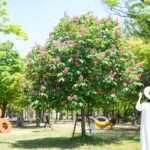
![【香川 5/18】春日川の川市 – [Kagawa 18 May.] River market of Kasuga river](https://yousakana.jp/wp-content/uploads/2022/05/Kasuga-river-Market-150x150.jpeg)
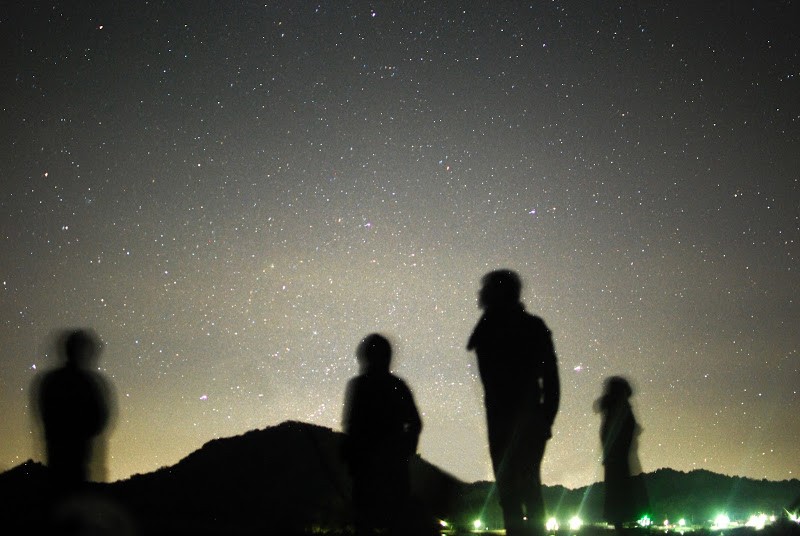
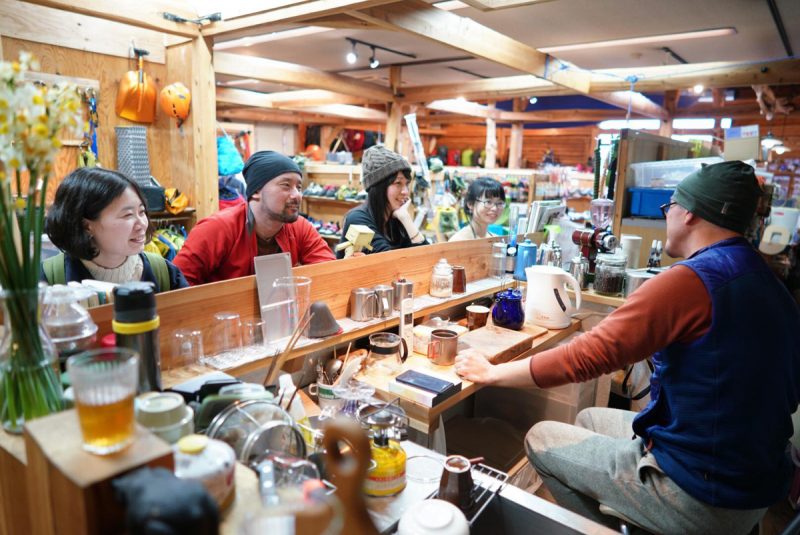
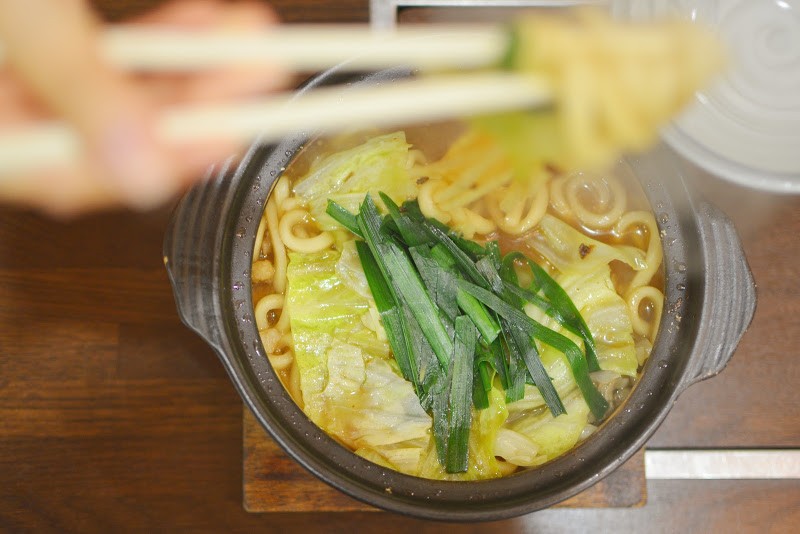
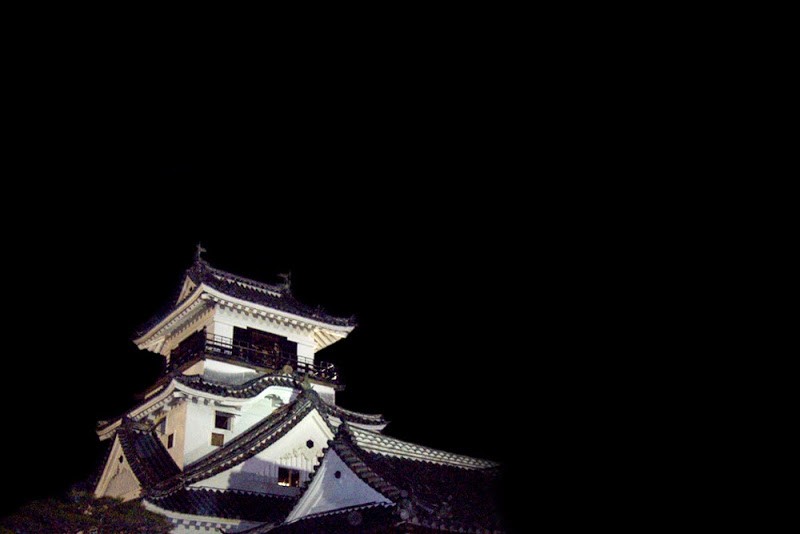
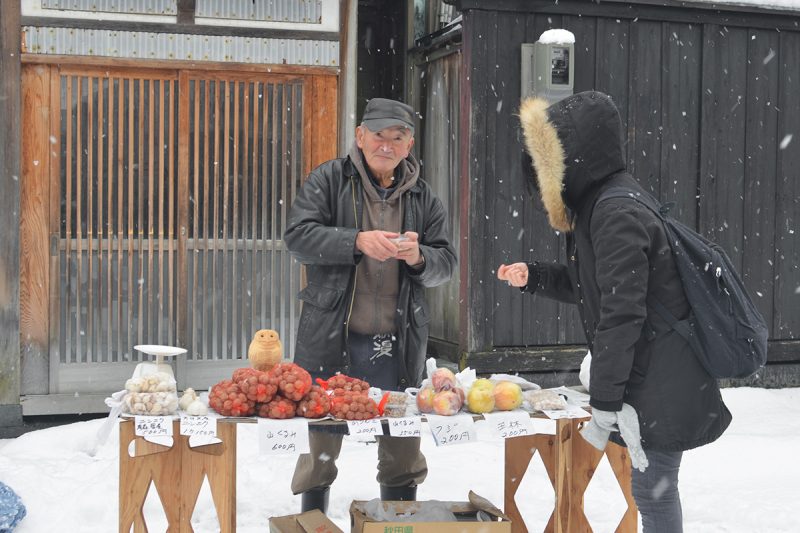
![【愛媛】宇和島の牛鬼。秋祭り – [Ehime] Autumn festival at Uwajima city, Ehime pref.](https://yousakana.jp/wp-content/uploads/2019/10/Ushioni_Uwajima.jpg)
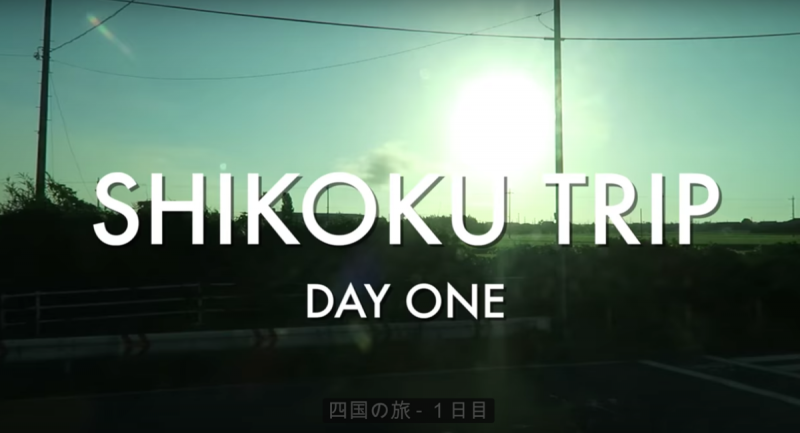
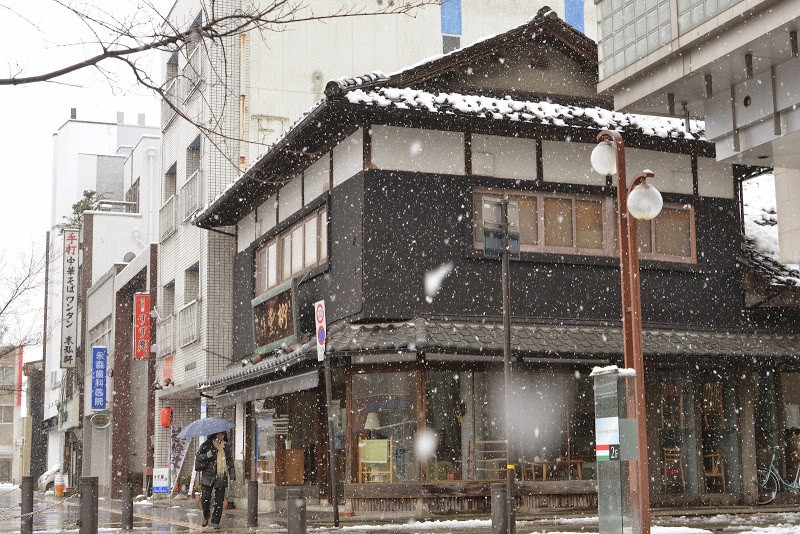
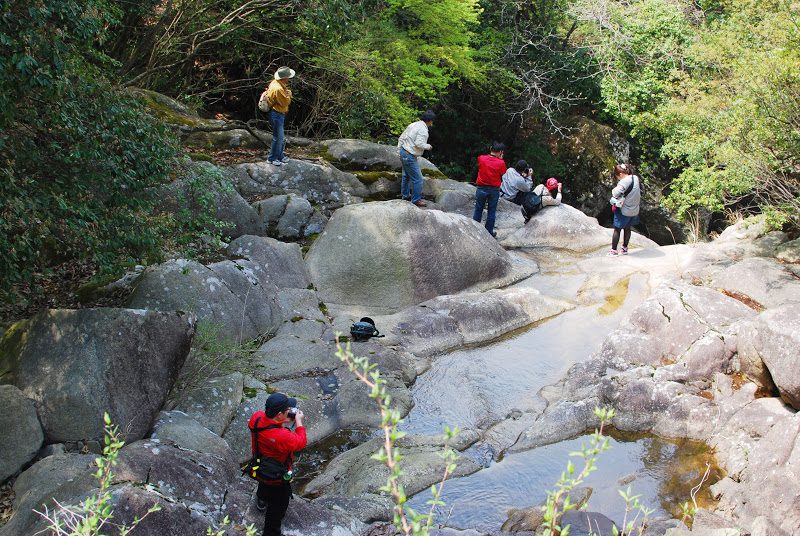
![【豊島 最終回 6/22】豊島に残る豊かな食卓 『豊島農民福音学校』- [Teshima island Last session 6/22] The evangelistic school for farmers at Teshima island](https://yousakana.jp/wp-content/uploads/2018/04/teshima-nomin-fukuin-school-800x536.jpg)
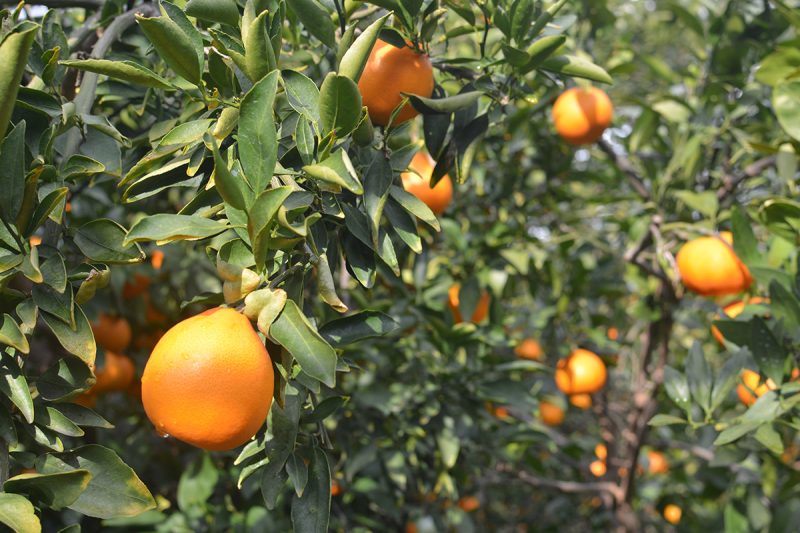
![【香川】栗林公園の梅。江戸時代から親しまれてきた梅園 – [Kagawa] Ritsurin Garden Japanese Apricot Trees](https://yousakana.jp/wp-content/uploads/2021/02/UME_Japanese-Plum_Ritsurin-Garden-800x533.jpg)
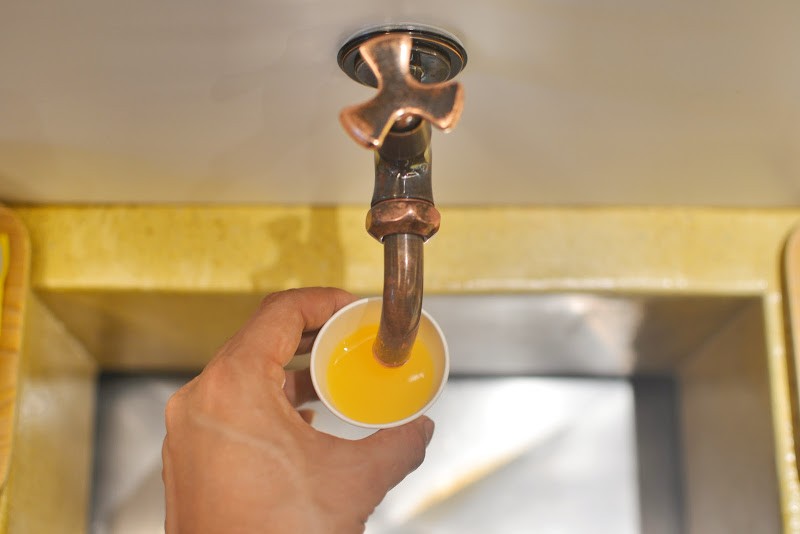
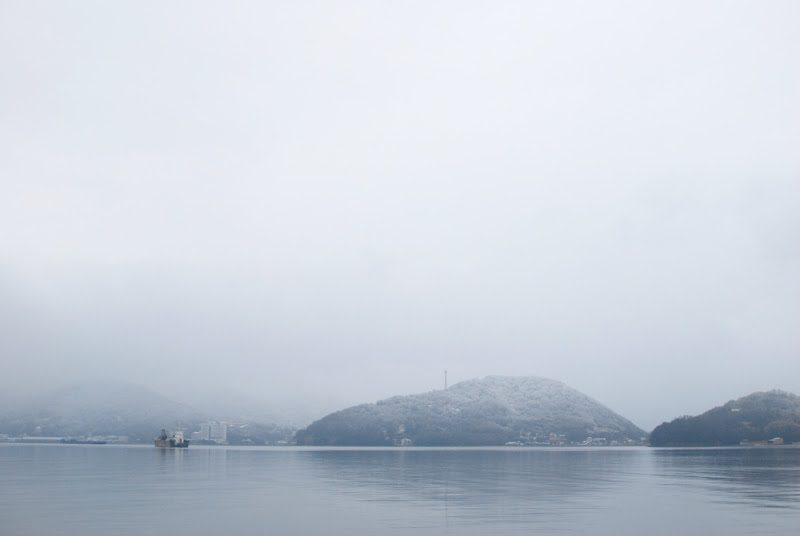

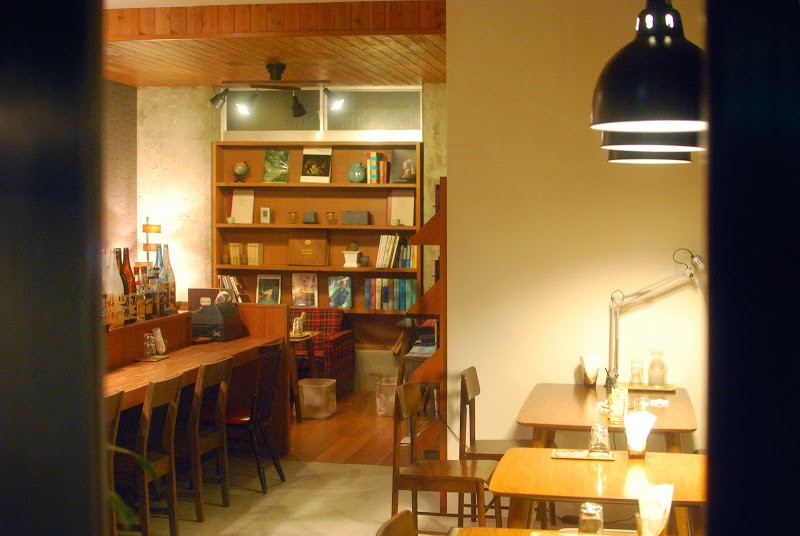
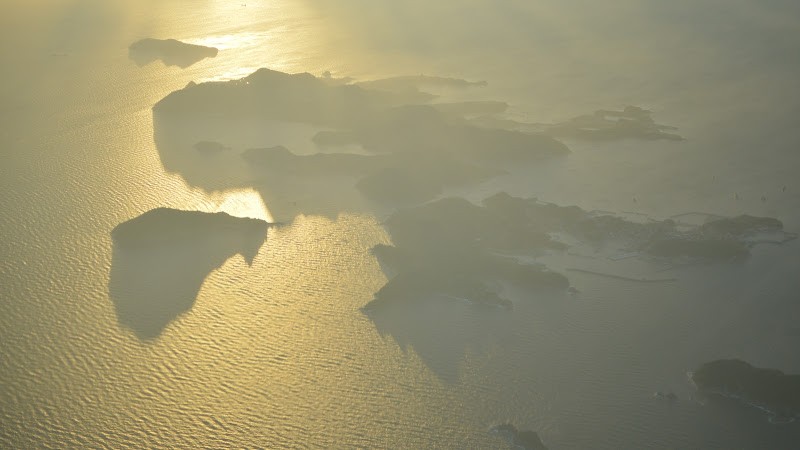
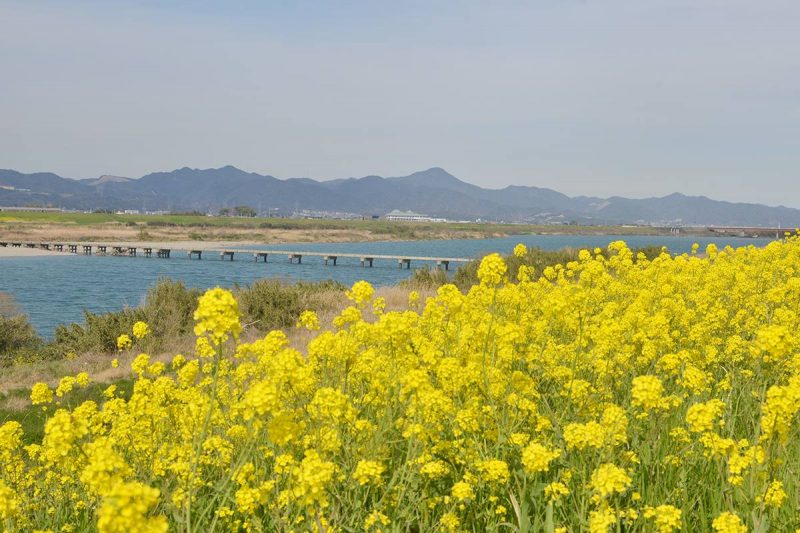
![【徳島 6/1(土)一般公開】全国唯一。江戸時代の塩づくりの家『福永家(ふくながけ)』 – [Tokushima] “Fukunagake” Saltworker’s Residence](https://yousakana.jp/wp-content/uploads/2022/10/fukunagake_naruto-800x534.jpeg)
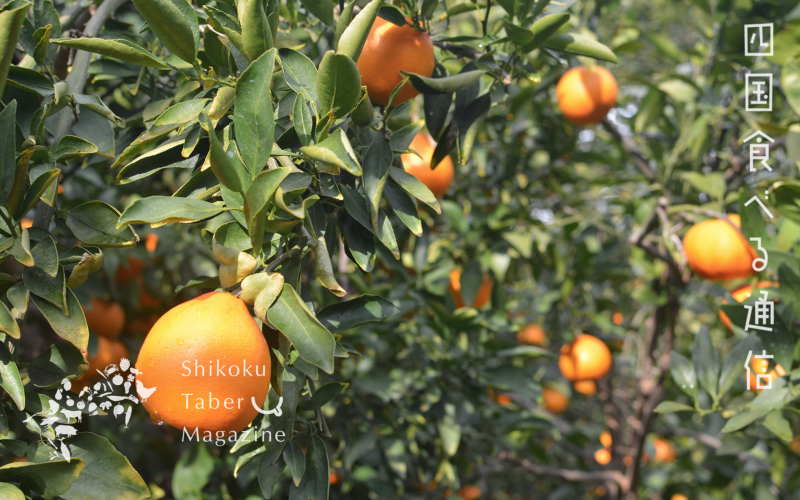
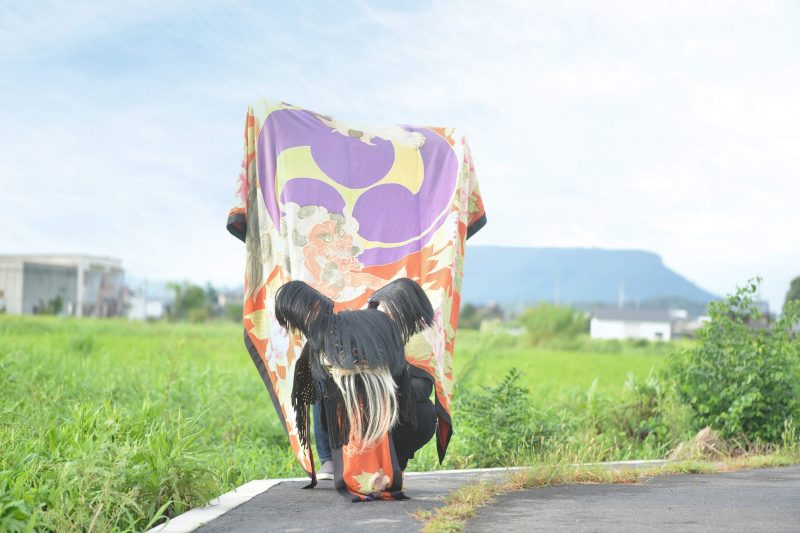
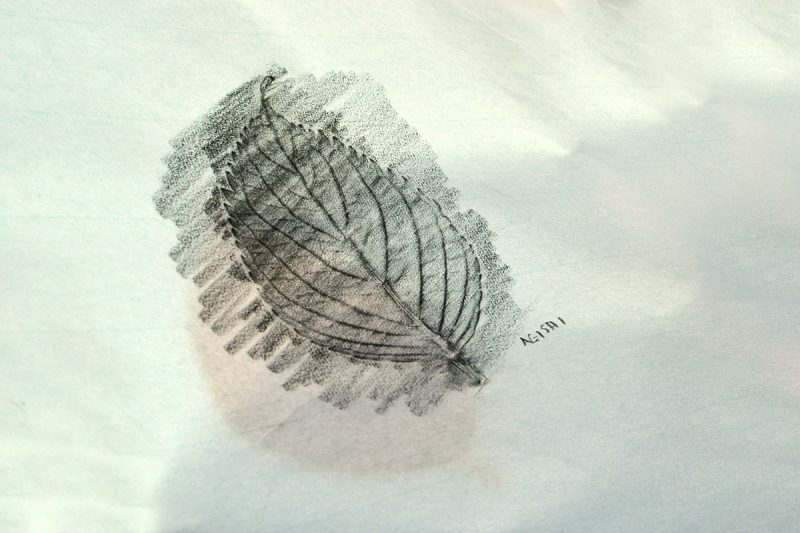
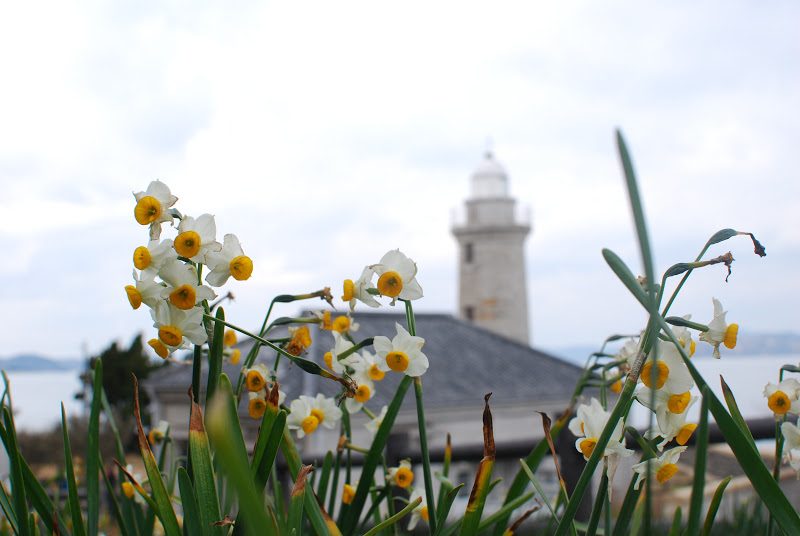
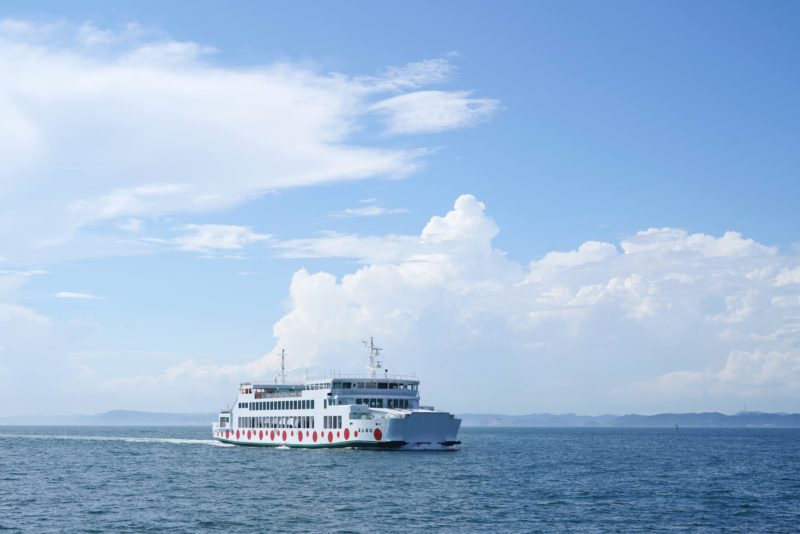
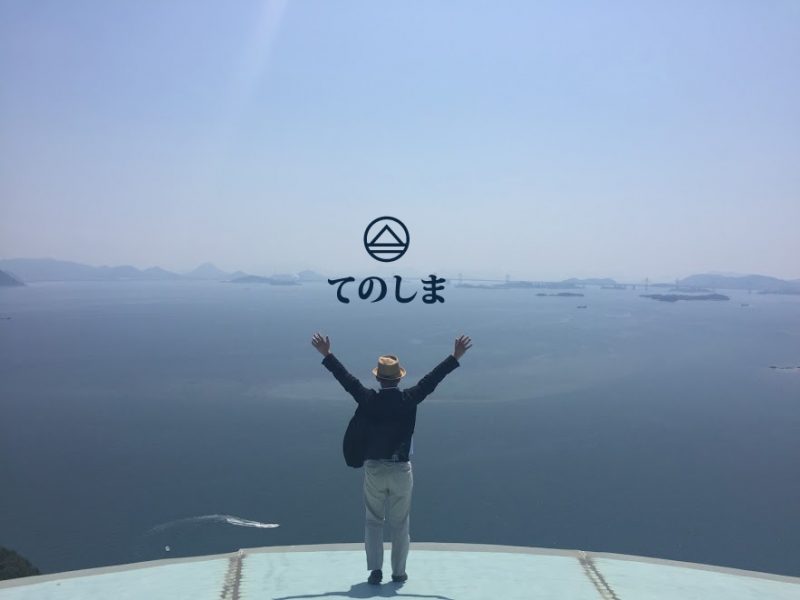
![【香川】瀬戸内を望む景勝地に堀部建築がオープン! 大串半島『時の納屋』 – [Kagawa] Kagawa] ‘Toki no Naya’, Horibe Architecture opens in a scenic spot overlooking the Seto Inland Sea!](https://yousakana.jp/wp-content/uploads/2024/07/Tokinonaya_OgushiOgushi-Peninsula-800x533.jpg)
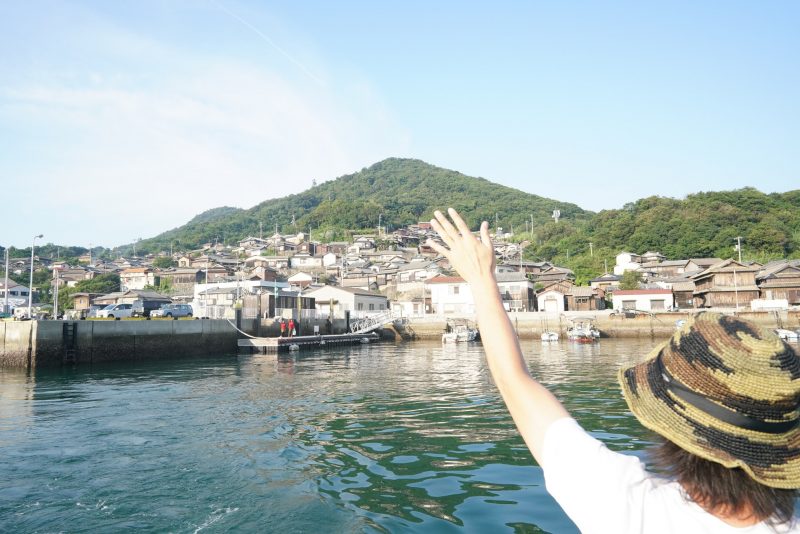
![【小豆島 3/29-5/10】瀬戸内海を泳ぐ鯉のぼり『旧戸形小学校』 – [Shodoshima island 3/29-5/10]Carp streamers in the Seto Inland Sea. ‘Former Togata Primary School’](https://yousakana.jp/wp-content/uploads/2022/05/Carp-streamers_Togata-Primary-School-800x534.jpeg)
![【香川県指定史跡】沙弥島、ナカンダ浜 – [Historic site by Kagawa pref.] Nakandahama beach of Shamijima island](https://yousakana.jp/wp-content/uploads/2021/10/Nakandahama-beach-1-800x444.jpg)
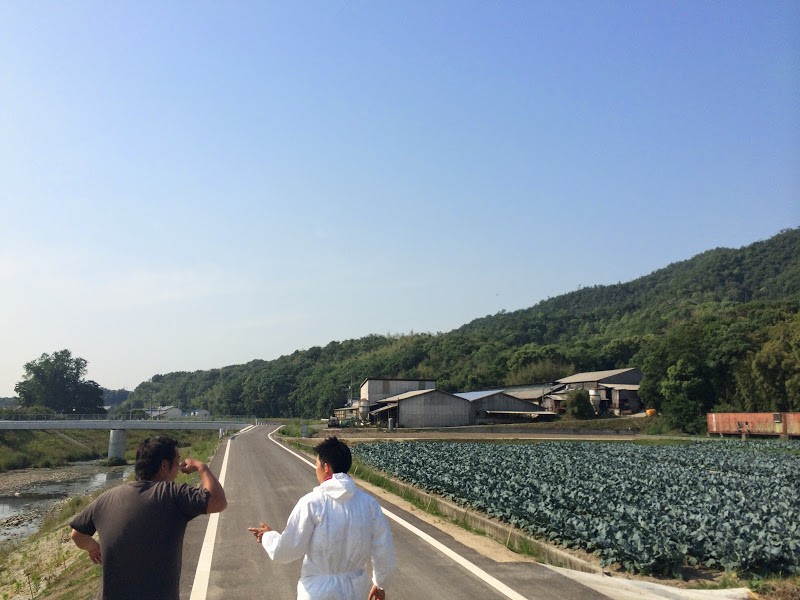
![【徳島】信正の一本桜 – [Tokushima] a cherry tree at Nobumasa](https://yousakana.jp/wp-content/uploads/2022/03/nobumasa_cherry-tree-800x533.jpg)
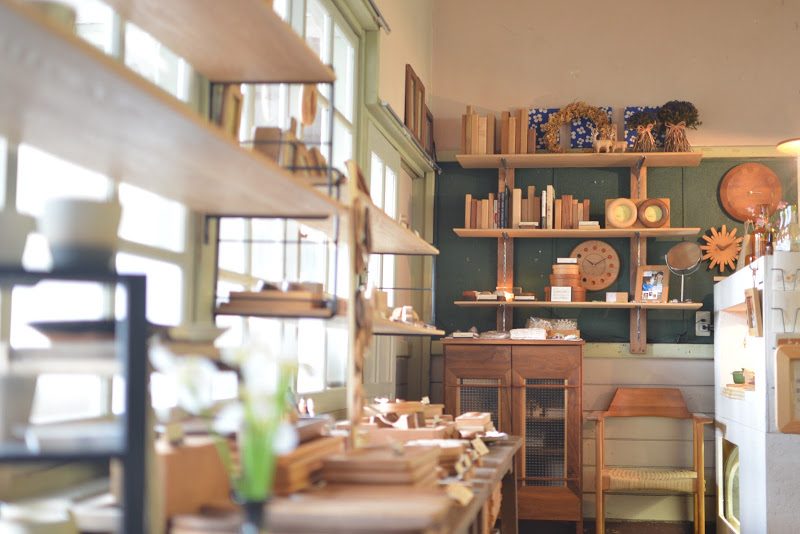
![【香川 3/16無料】国指定特別名勝・栗林公園の開館記念日 – [Kagawa 16 March Free] Special Beauty Spot “Ritsurin Garden”](https://yousakana.jp/wp-content/uploads/2024/03/ritsurin-garden-800x533.jpeg)
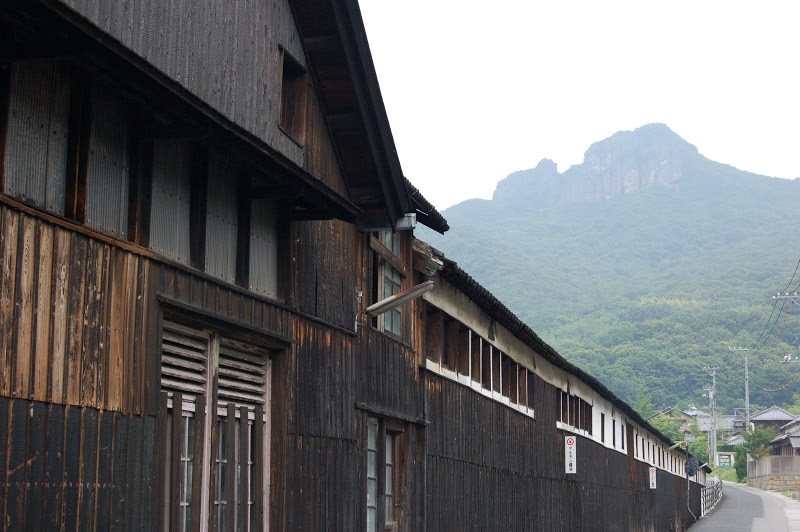
![【香川】サウナシュラン2024で全国10位!1300年前の古代サウナ「塚原のから風呂」 – [Kagawa] ”Tsukahara Karafuro” Ancient SAUNA of Tsukahara, Sanuki city](https://yousakana.jp/wp-content/uploads/2019/03/karafuro-tsukahara-1-800x533.jpg)
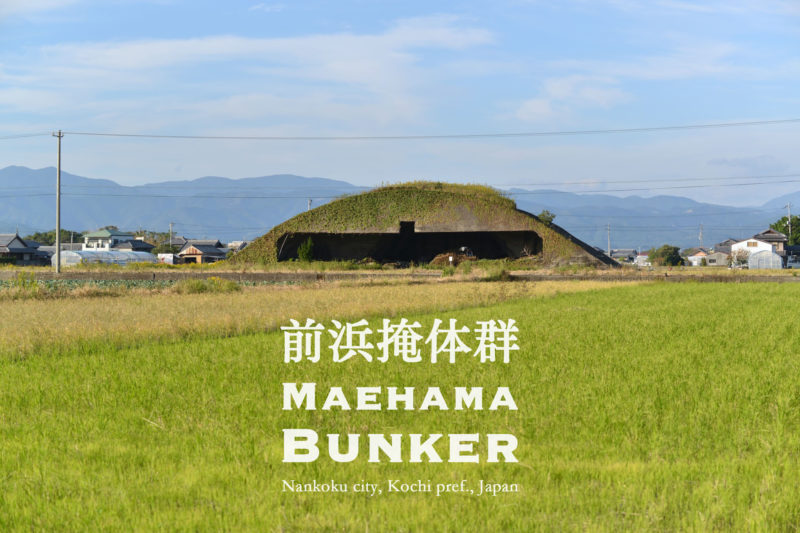
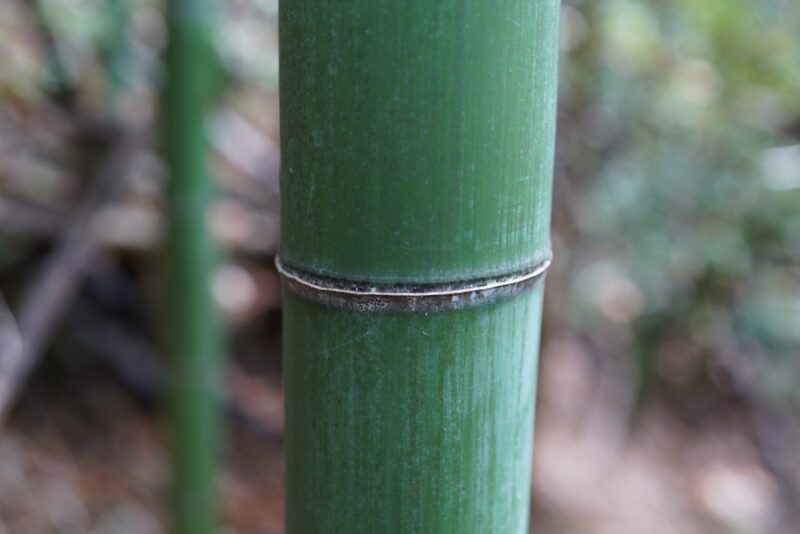
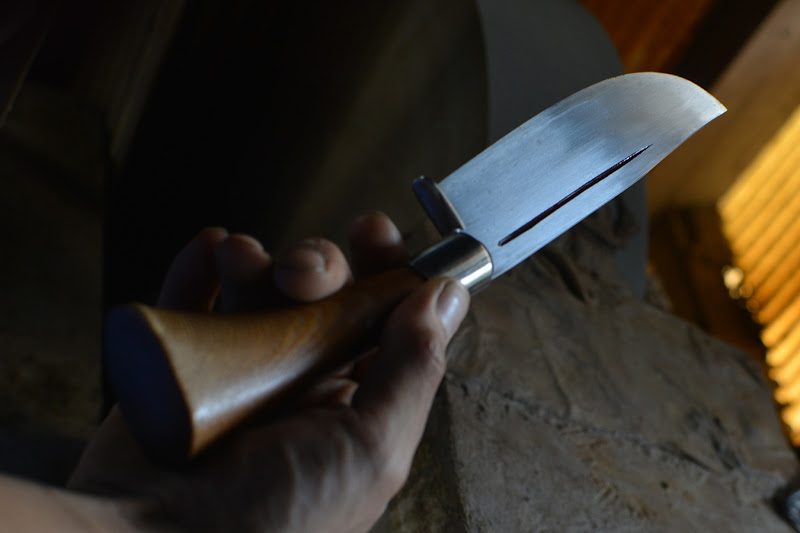

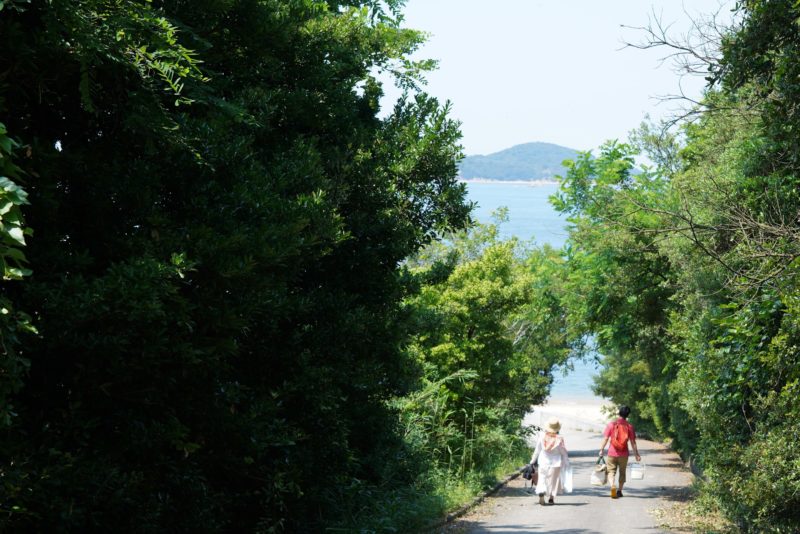
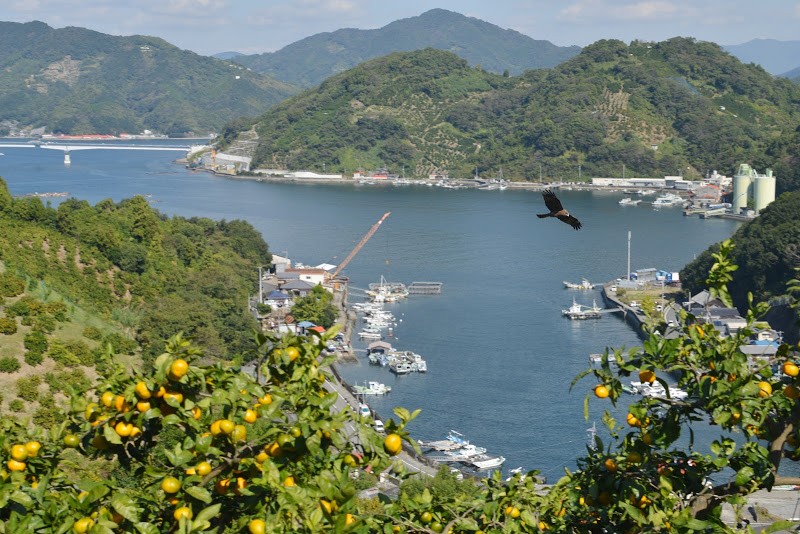
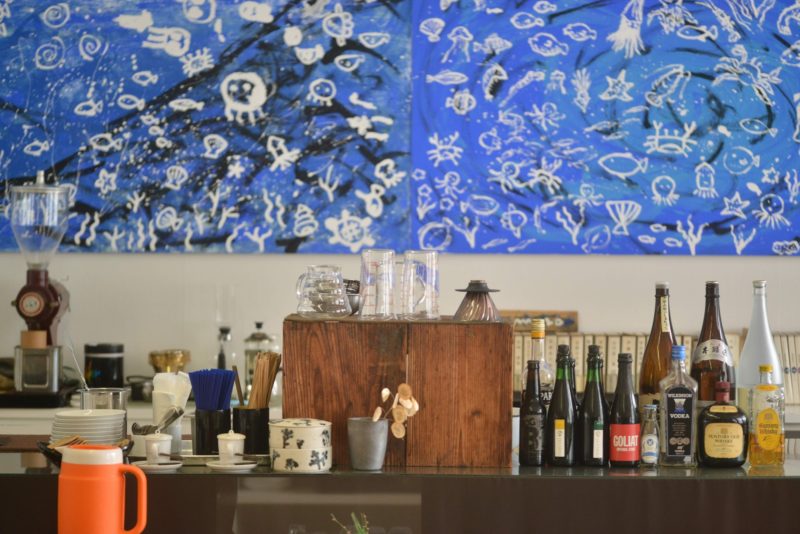
![【香川】丹下健三設計の旧香川県立体育館 – [Kagawa] Former Kagawa Prefectural Gymnasium](https://yousakana.jp/wp-content/uploads/2021/07/Kagawa-Prefectural-Gymnasium-800x533.jpg)
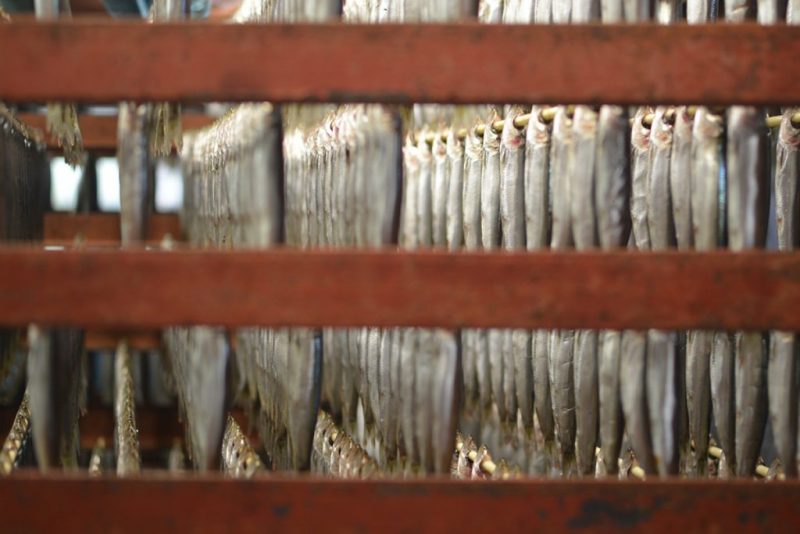
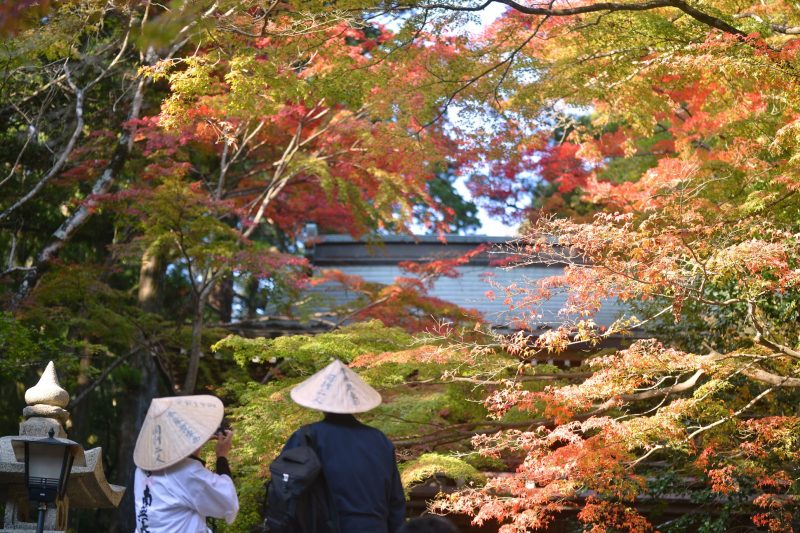
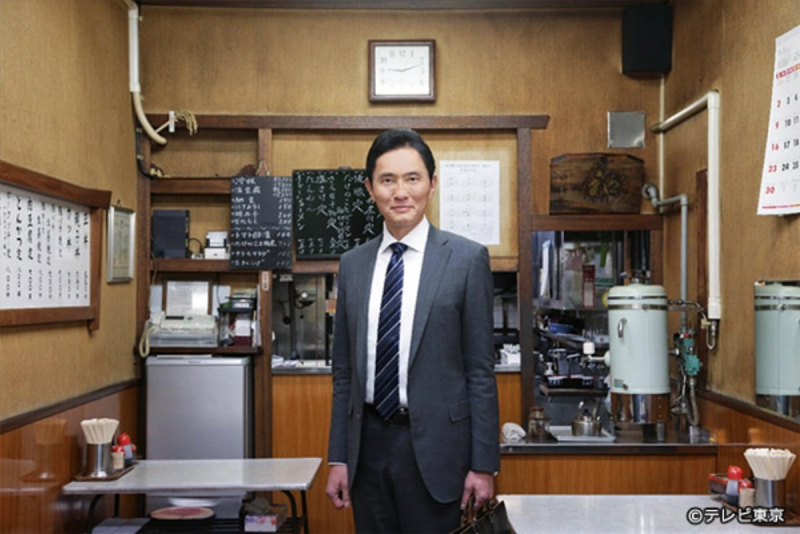
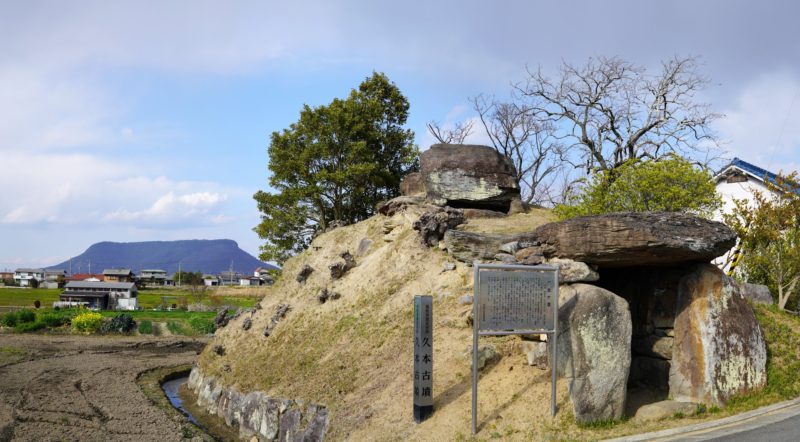
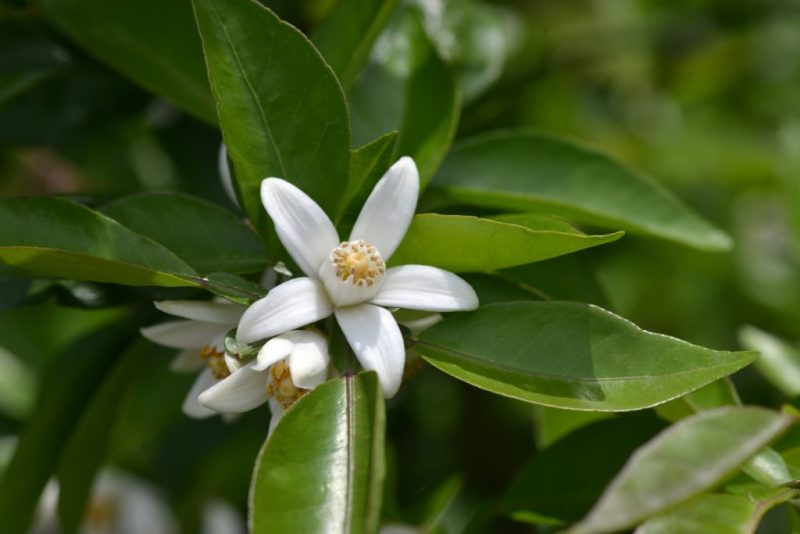
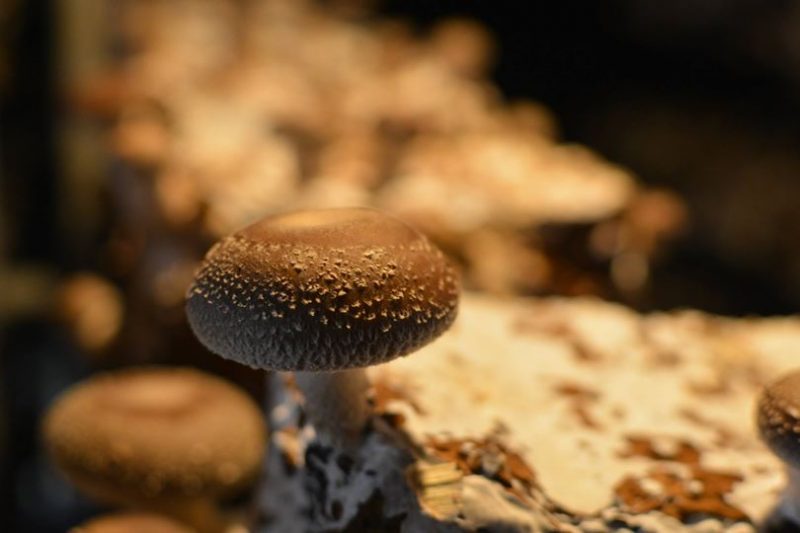
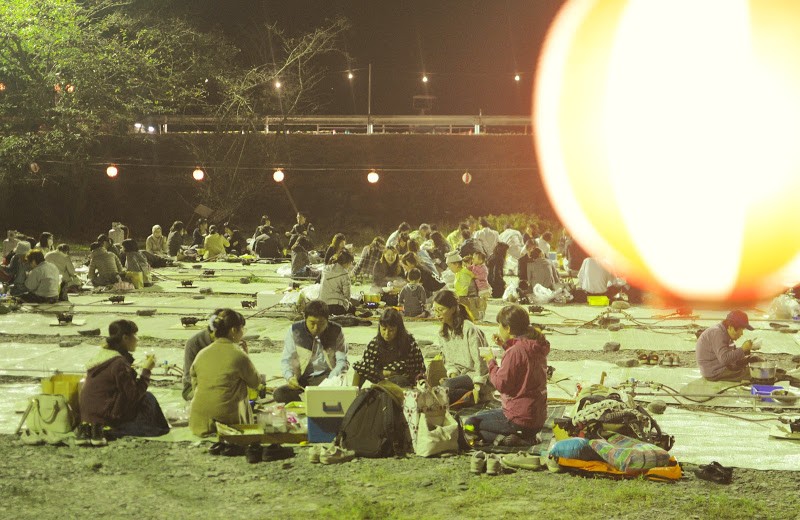
![【香川】酵母と食べ事『ジャンキーノンキー』 – [Kagawa] breads and meals yeast based on wheat flour “Junky Nonky”](https://yousakana.jp/wp-content/uploads/2023/07/junky-nonky-01-800x533.jpeg)
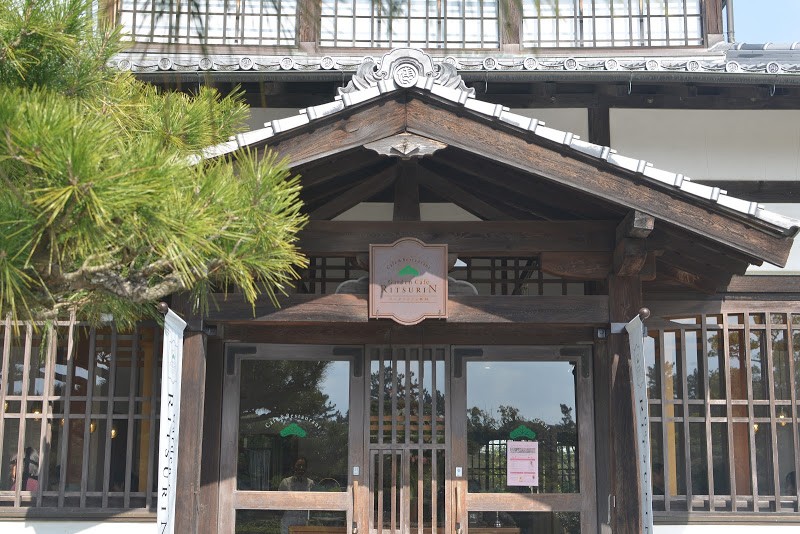
![【徳島 国指定史跡】前方後円墳をトンネルが通る!『大代古墳(おおしろこふん)』 – [Tokushima / National Historic Site] Ōshiro Kofun Ancient Tomb](https://yousakana.jp/wp-content/uploads/2021/11/oshiro-kofun-ancient-tomb_01-800x534.jpg)
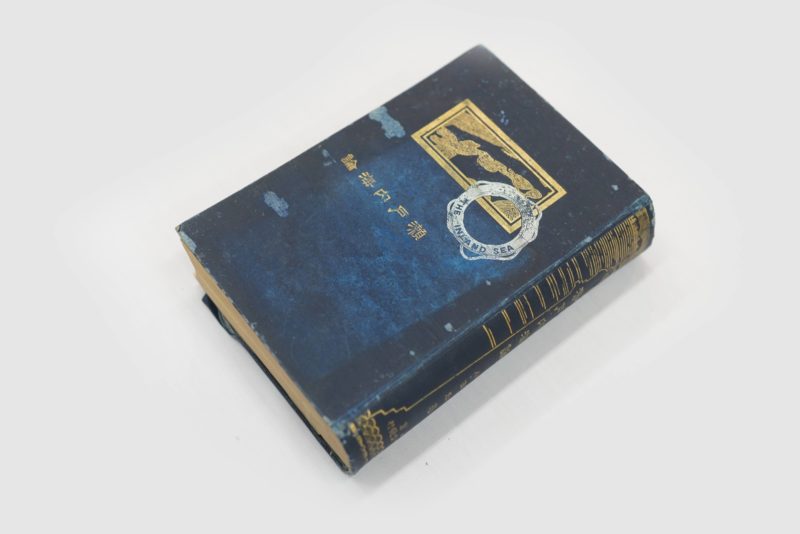
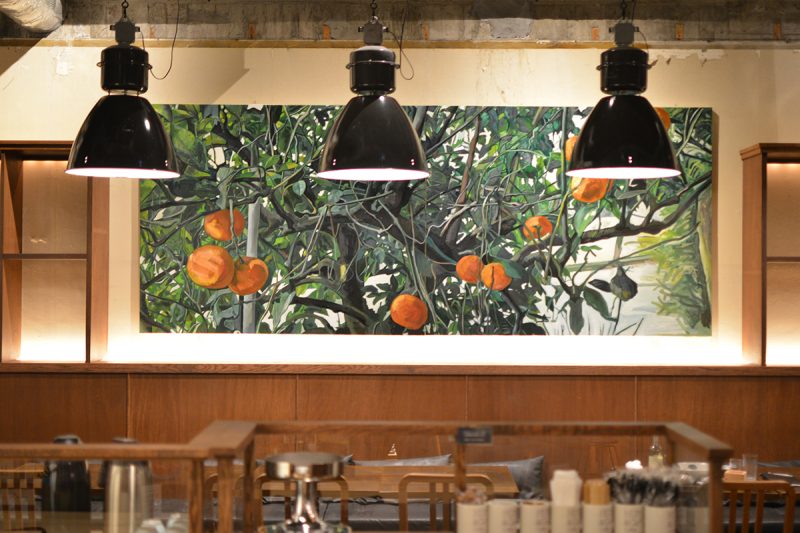
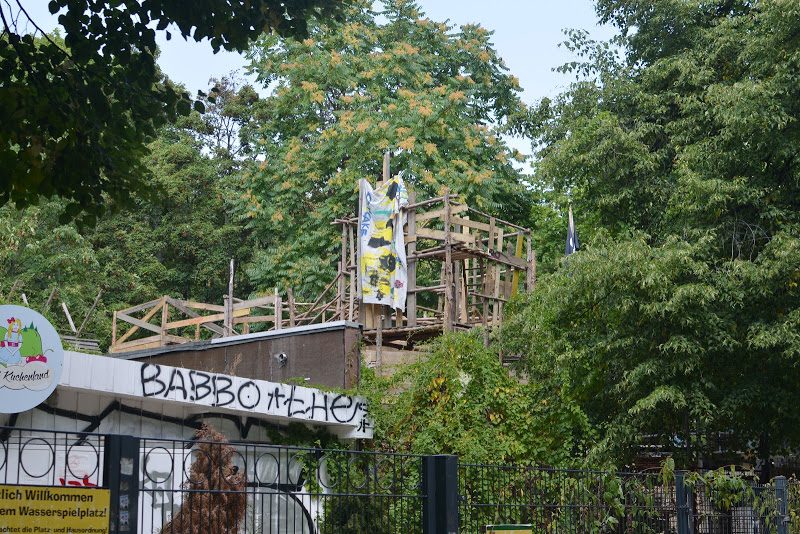
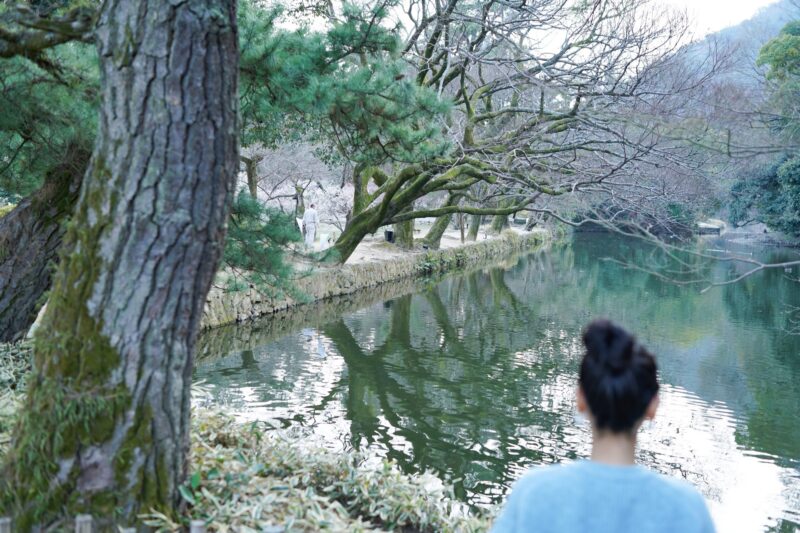
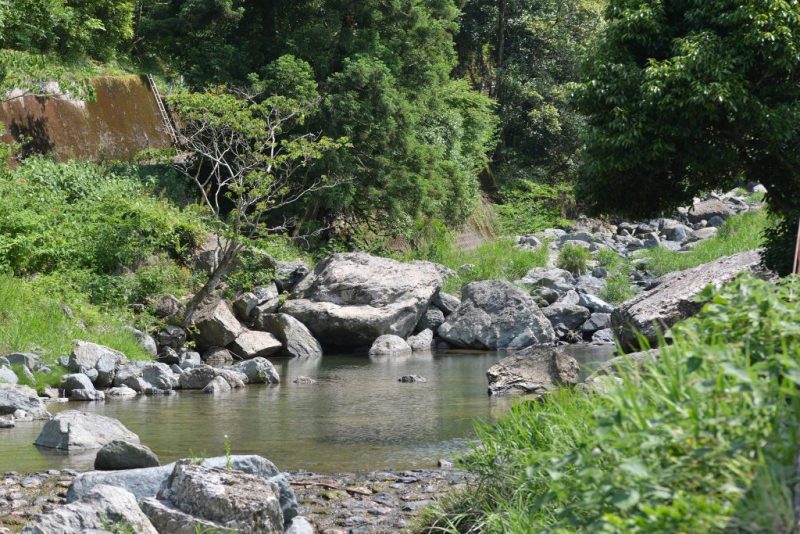
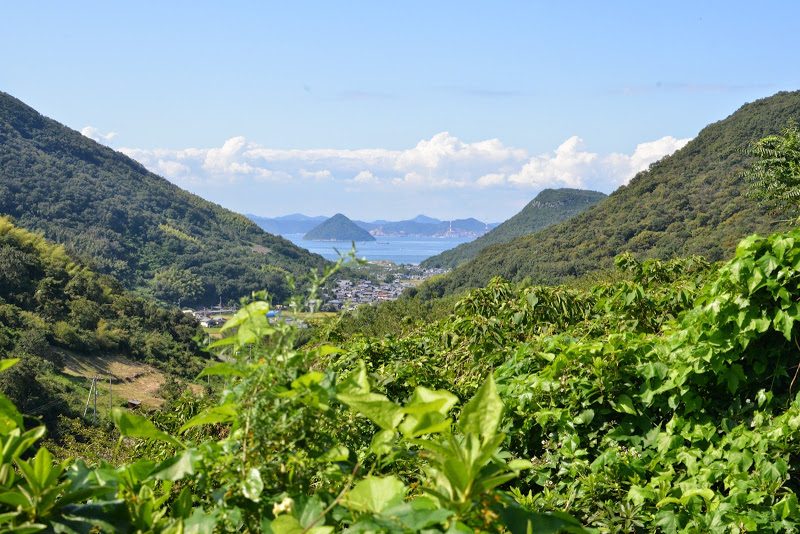
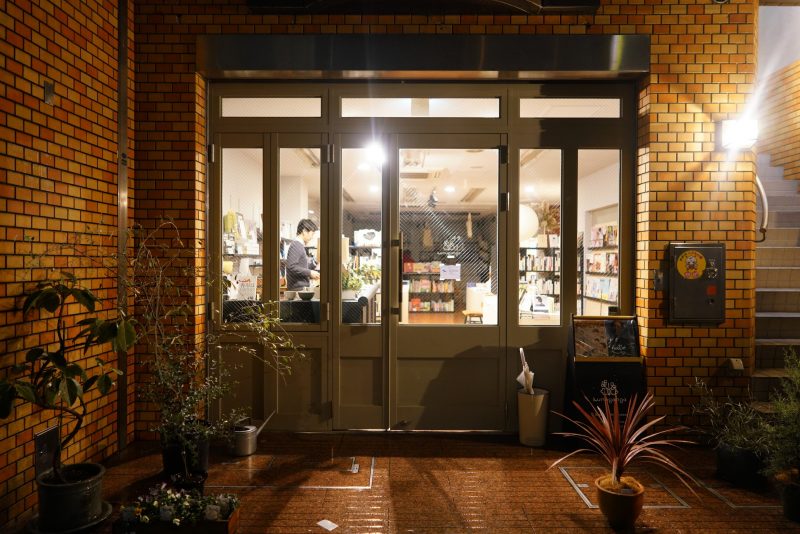
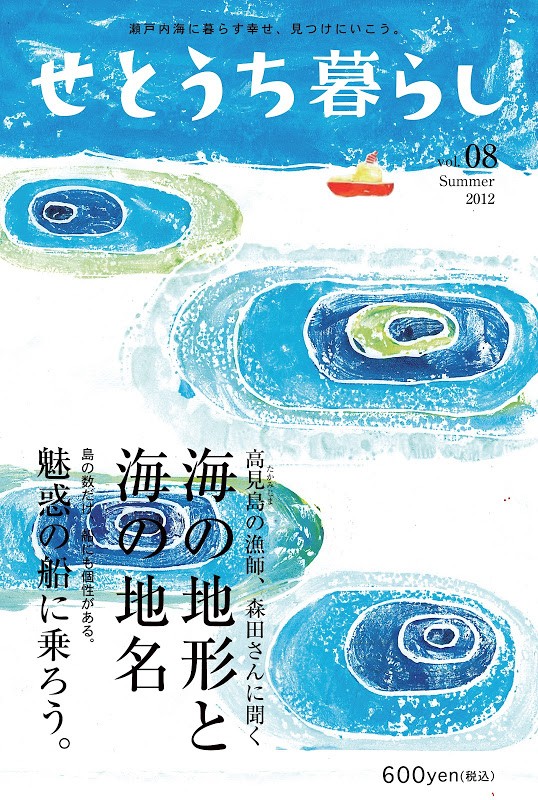
![【香川】豊浜ちょうさ祭り – [Kagawa] Toyohama Chousa Festival](https://yousakana.jp/wp-content/uploads/2014/10/toyohama-chousa_festival.jpeg)
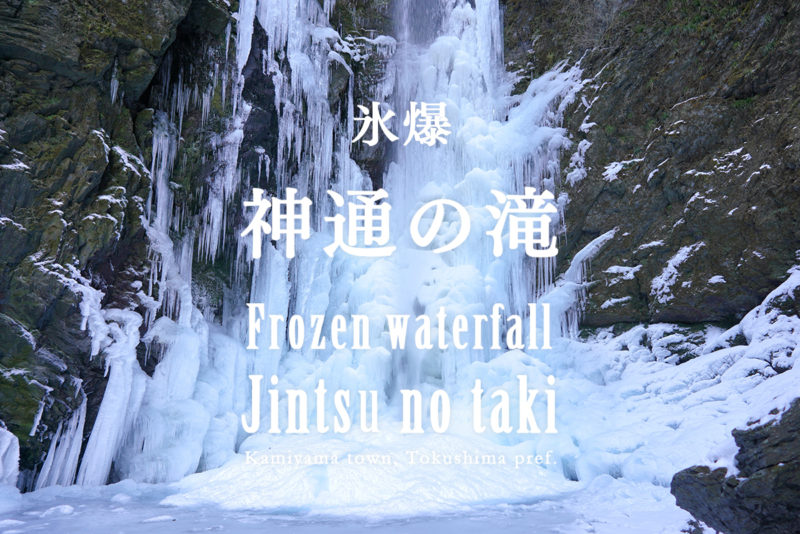
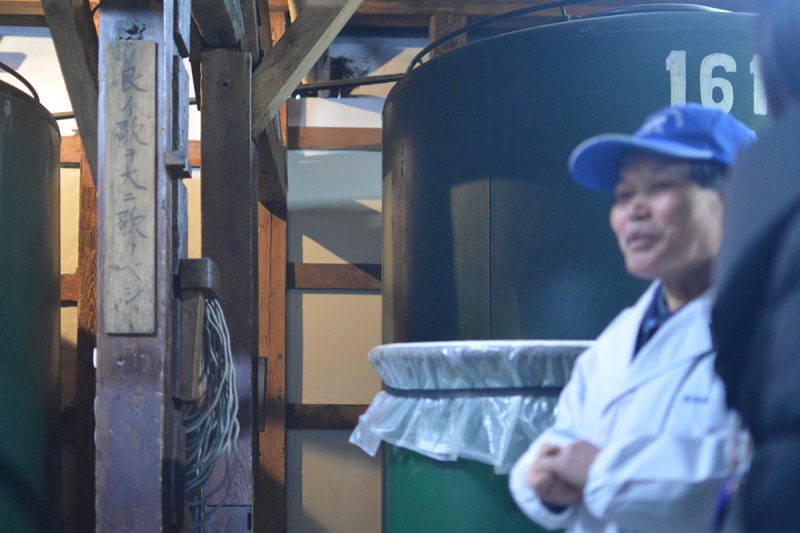
![【香川】美術館は心の病院『丸亀市猪熊弦一郎現代美術館』 – [Kagawa] Art is a Vitamin “MIMOCA”](https://yousakana.jp/wp-content/uploads/2023/12/mimoca_01.jpeg)
![【香川 10/12-2/2 生誕120年!!】香川をデザインした男、和田邦坊「灸まん美術館」 – [Kagawa 12th Oct. – 2nd Feb. ] Works of Kunibo Wada, 120th Anniversary](https://yousakana.jp/wp-content/uploads/2019/08/kunibo-wada_kyuman-museum-800x407.jpg)
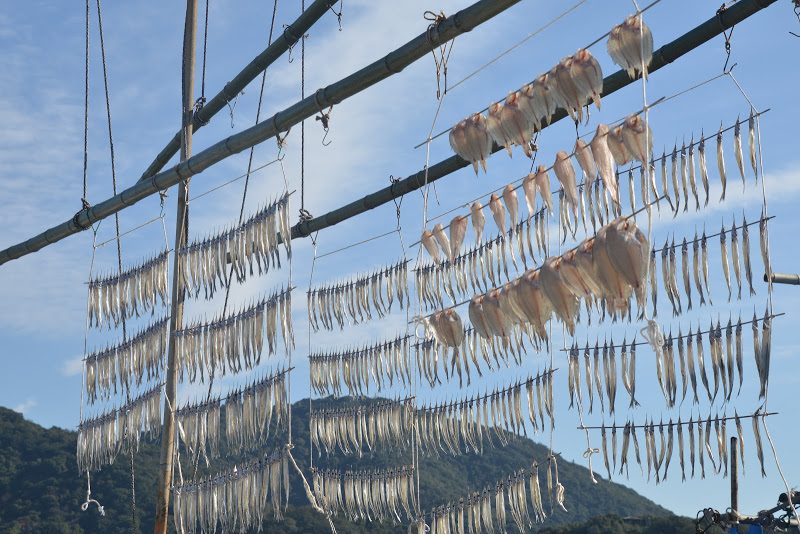
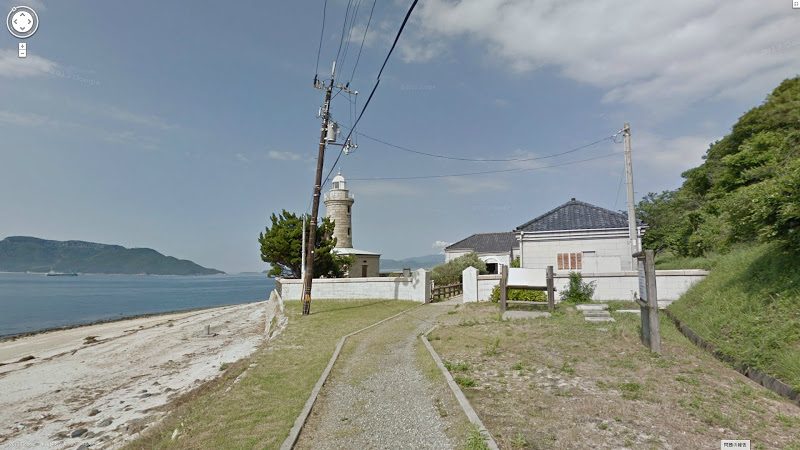
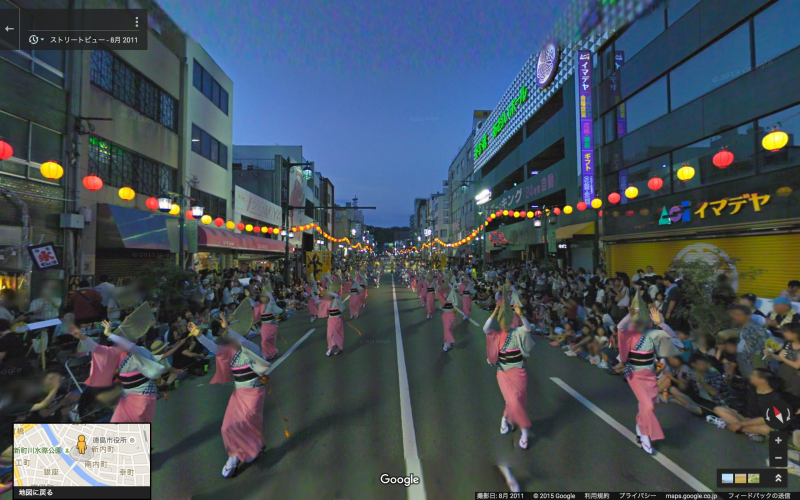
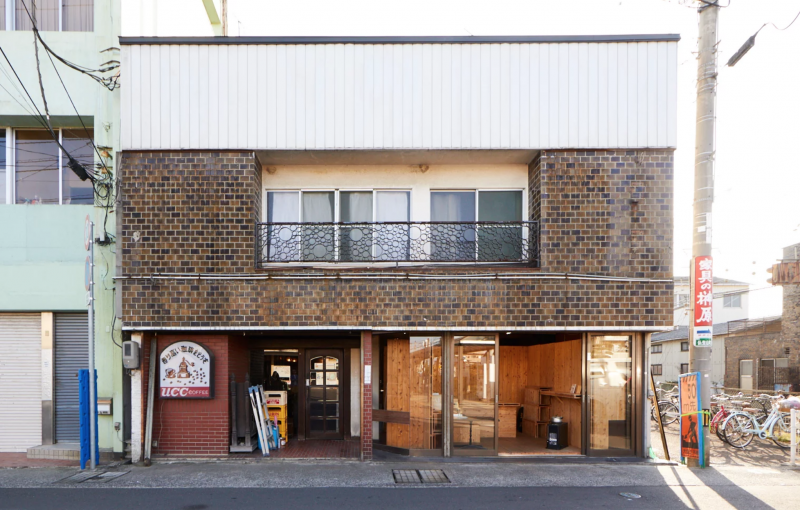
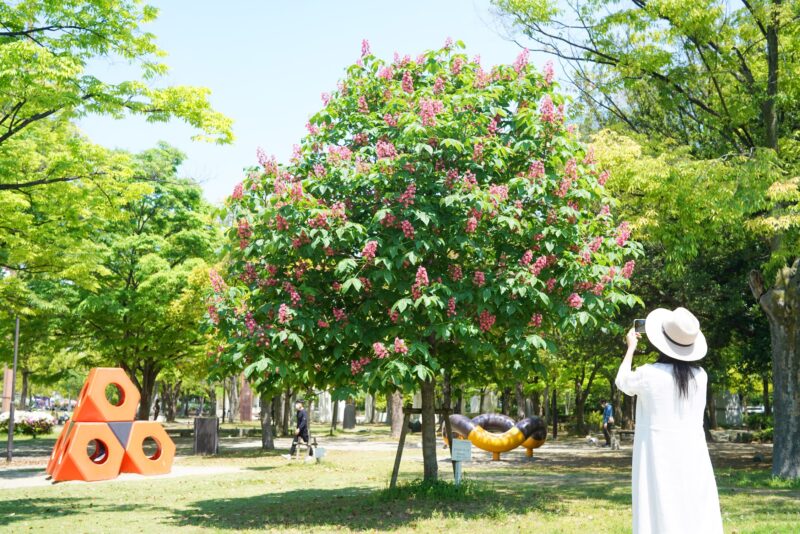

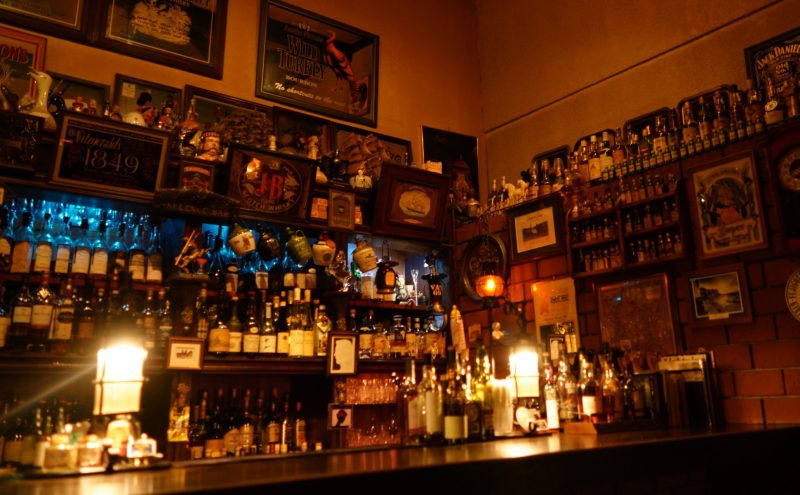
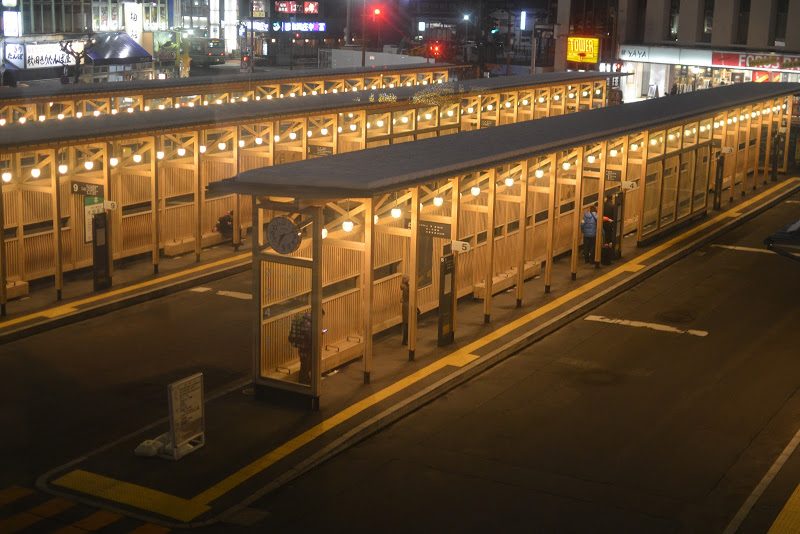
![【香川 9/23-11/12】高松市美術館開館35周年記念 特別企画「川島猛展」 - [Kagawa 23 Sep-12] 35th anniversary of the Takamatsu City Museum of Art Special Exhibition: 'Takeshi Kawashima Exhibition'.](https://yousakana.jp/wp-content/uploads/2023/09/takeshi-kawashima-973x649.jpeg)
コメントを残す